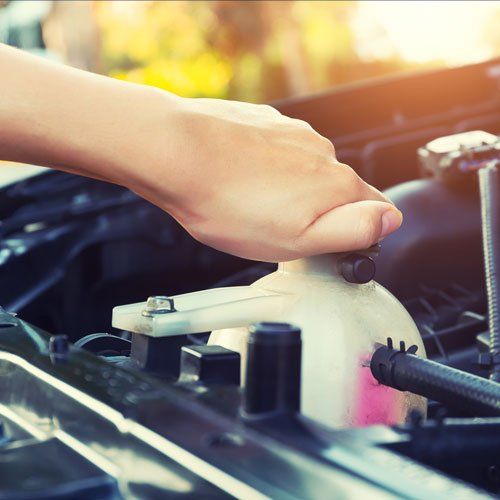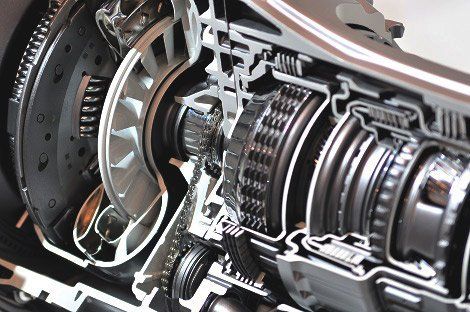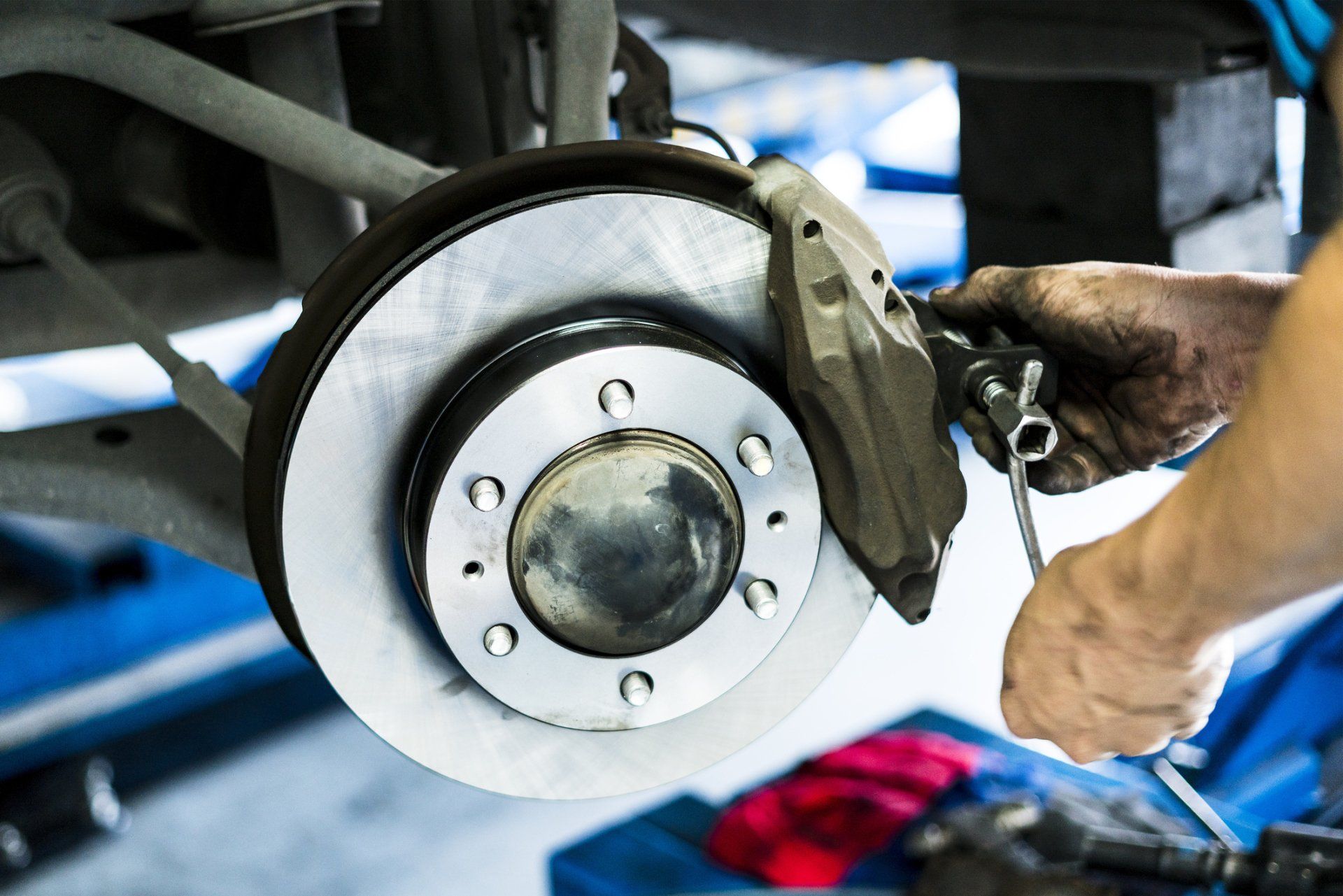
By Admin
•
August 26, 2018
Variable valve timing is a common feature on many Mercedes and BMW engines. By altering valve lift and valve duration at crucial moments, variable valve timing helps improve engine performance as well as increase fuel economy.
BMW's version of variable valve timing is "Variable Nockenwellen Steuerung," or VANOS for short. Over time, parts of the VANOS system can wear down, eventually leading to the dreaded "VANOS rattle" that many BMW owners fear. If your BMW suffers from VANOS rattling, then read on to find out how it affects your vehicle and what steps you can take to fix the problem once and for all.

By Admin
•
June 27, 2018
uropean cars, just like their American counterparts, generate power by combusting a mixture of gasoline and air. This process consumes most — if not all — of the gasoline. Yet all gasoline contains a certain percentage of impurities, and these impurities often fail to burn up along with the gas. Instead, they attach themselves to the inside of your engine as fuel varnish deposits.
Most gasoline contains special detergents which remove these deposits. Yet these additives cannot always control fuel varnish. In such cases, as the deposits grow thicker, they may begin to present serious difficulties for your car. This article takes a closer look at three of the most commonly experienced problems caused by excessive engine deposits.

By Admin
•
April 26, 2018
Owning a luxury car, like a BMW, Porsche, or another foreign marvel, is a novelty not many people experience. Of all cars on the market, only 18% of models purchased are considered of luxury making, which means the car you drive is unique in design and appeal.
What makes a luxury car, including imported models, so expensive and alluring is A) the number of vehicles in production (exclusivity), and B) Technological or performance enhancements that make car driving futuristic and comfortable. You want your luxury vehicle to last, and one way to do this is to make sure the engine is operating as it should.
If your car is leaking fluids, you should be concerned; fluids or oils dripping from your engine means some component is not operating as it should under the hood. Do not attempt to make any auto repairs yourself; rather, visit your specialty auto mechanic if you believe your car is leaking fluids. Use this guide to help you understand if fluids are leaking from your vehicle.

By Admin
•
February 26, 2018
Many auto shops advertise their services for vehicles of any make. While some mechanical services could be handled at virtually any auto shop, you may wonder if choosing a shop that specializes in vehicles like yours makes a difference.
When you buy a new car, the manufacturer is likely one of your biggest considerations, especially if you're in the market for a high-end vehicle. Your mechanic's qualifications with cars of that make should be equally important when you need routine service or emergency car repairs.
In this blog, we list four of the benefits to you as a car owner when you work with an auto shop that is certified by your vehicle's manufacturer.

By Admin
•
December 28, 2017
Keeping your Mercedes or BMW running well means being diligent and alert to any potentially serious problem with the cooling system. This system works to keep your engine working within a precise temperature range and also keeps the metals from melting and fusing.
The cooling system is made of a number of integral parts working together to keep things running smoothly. The entire system will fail to work if even one component is broken or damaged. Here is a list of some of the most important things you should do to keep the cooling system working smoothly
The cooling system is made of a number of integral parts working together to keep things running smoothly. The entire system will fail to work if even one component is broken or damaged. Here is a list of some of the most important things you should do to keep the cooling system working smoothly

By Admin
•
October 30, 2017
our BMW is a well-built machine, but it is not immune to problems such as steering wheel vibrations. While many BMW owners mention they have a problem with this issue, it can happen to any car that share similar braking and suspension systems.
Steering wheel vibrations could indicate a potential safety problem and should be fixed as soon as possible. Here are five possible reasons why your BMW's steering wheel is vibrating and what needs to be done in order to fix the problem.

By Admin
•
August 22, 2017
You are the proud owner of a luxury European-made car, and you want to ensure your vehicle lasts for as long as you wish to drive it. There are a few things more exhilarating than revving up that engine and seeing just what your sleek ride can do. To get the most out of your BMW, Porsche, or other luxury vehicles, here are the four things you can do to prolong its life.














